When it rains, it pours »…and it also hails. More destruction in the vineyards
Click here to edit.
Friday, June 24 Beaujolais, the Lyonnais, and the Roannaise were hard hit by hail. The hailstorm in the Beaujolais went through the same corridor as the storm one month earlier, but was more widespread as approximately 3,000 hectares were damaged this time (2 times as much as the storm one month ago).
Vauxrenard, Beaujeu, Quincié, Régnié, Morgon, Chiroubles, Moulin-à-vent, Fleurie and Lancié were hit with the last four particularly affected.. In Fleurie 80%of the vines suffered damage, with losses from 50 to 100% of the future crop. Some of the secteurs which were spared a month ago- “ la Chapelle des bois”, “Les Moriers” and “Champagne” - were struck this time. In Chiroubles, more than 90% of the vineyards were damaged.
In addition to the hail, heavy rains (2 to 3 inches in 20 minutes) created torrents in the vineyards and lots of erosion, such that not only were the vines damaged, but lots of work will be necessary to restore the vineyards.
As if the damage from hail and frost in many regions were not sufficient, because of the humidity of the past months, the difficulty of entering the vineyards to treat the vines, and the frequent rain which washed away any treatments that could be applied, there is an explosion of mildew occurring in vineyards, particularly in Burgundy and Champagne.
Thomas Pico noted earlier this week, that the part of the future crop which was spared frost and hail is being lost to mildew.
In champagne, a survey of 600 parcels spread through 175 villages in the Marne, L’Aisne and l’Aube indicated that 85% showed the presence of mildew.
"And I only am escaped alone to tell thee.”

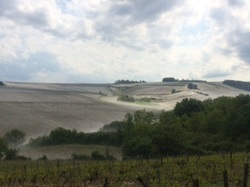
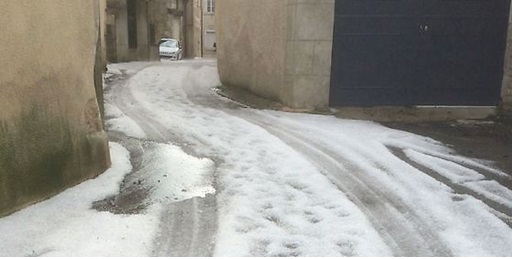
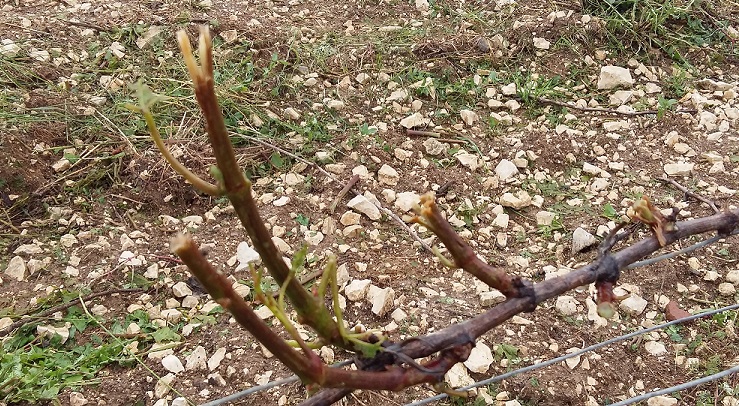
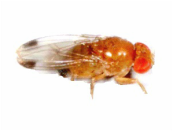
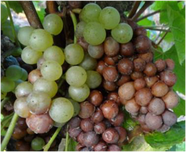
 RSS Feed
RSS Feed